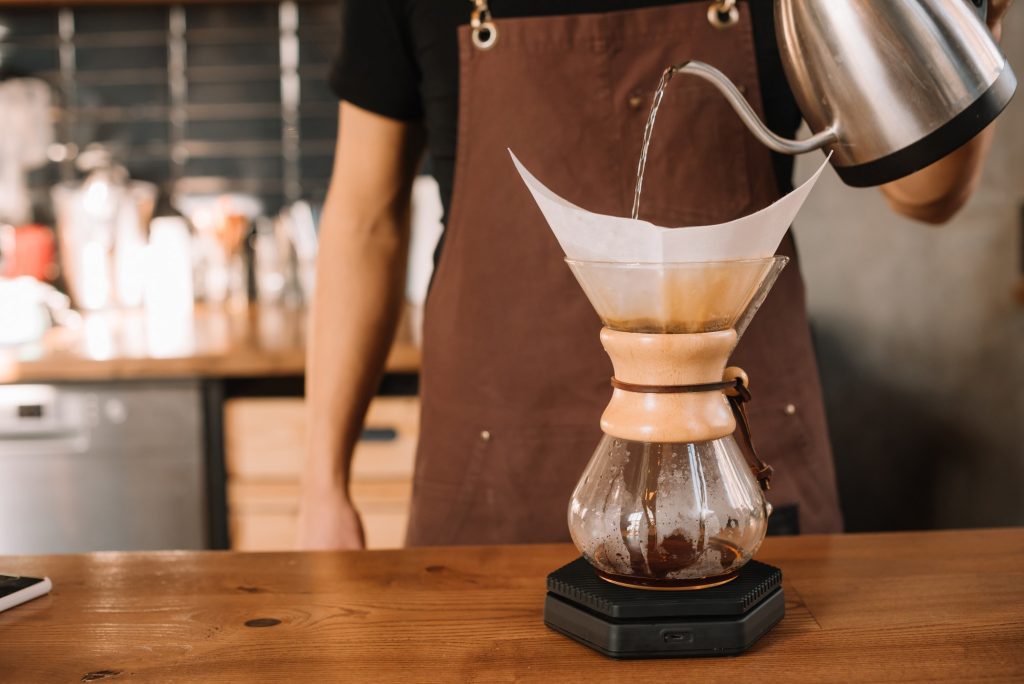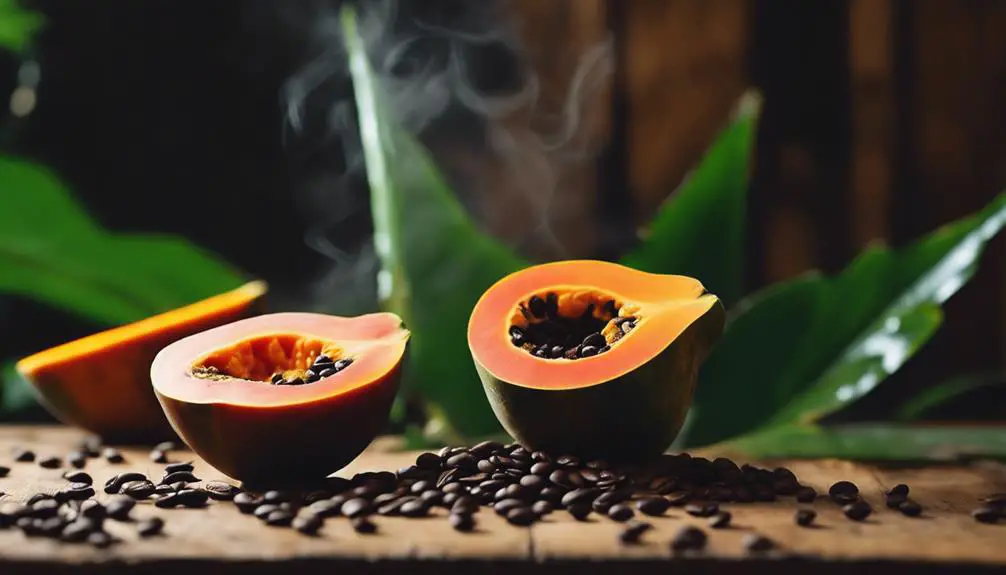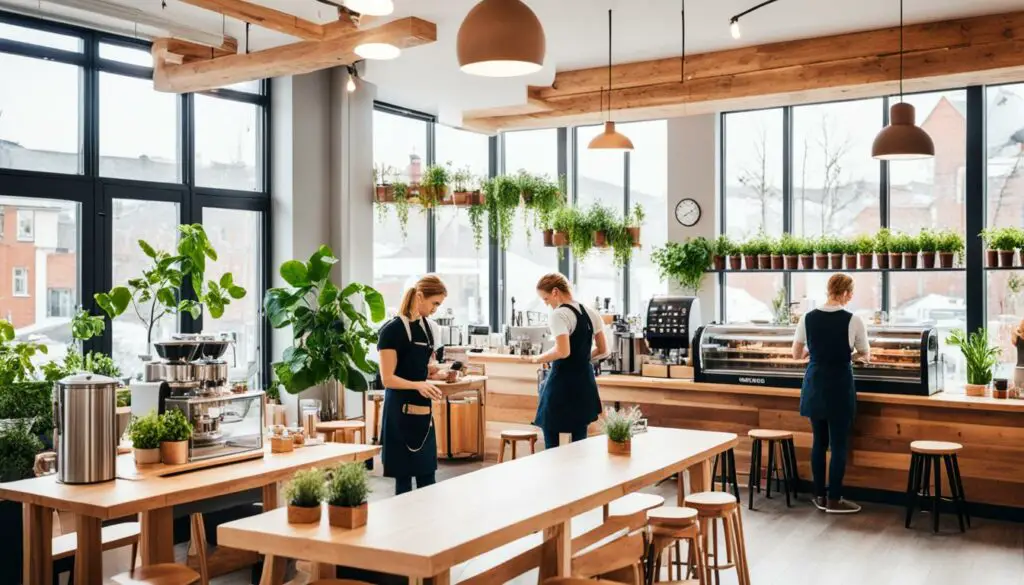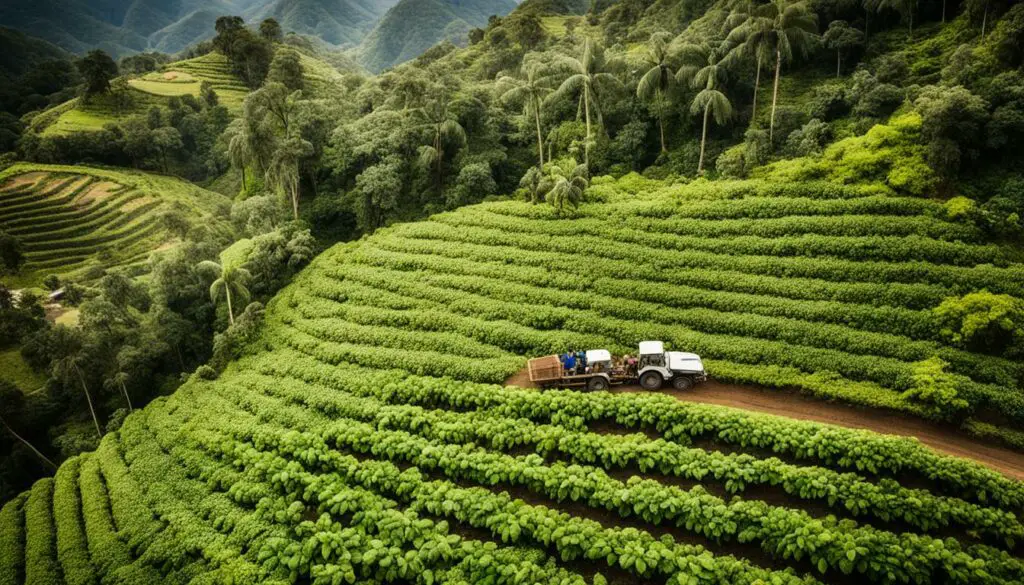Pour-over coffee is a method of manually brewing coffee that has become increasingly popular in recent years. This method involves pouring hot water over freshly ground coffee in a cone-shaped filter. The result is a clean and bright cup of coffee that showcases the flavors of the bean. In this comprehensive guide, we will explore the various elements and aspects of pour-over coffee.

Benefits of pour-over coffee
Pour-over coffee has several benefits compared to other methods of making coffee. One of the main benefits is increased control over the brewing process. With pour-over coffee, you can control the water temperature, the pouring rate, and the coffee-to-water ratio, which can result in a more consistent and flavorful cup of coffee. Additionally, the pour-over method allows for a slower extraction of the coffee, which can help to preserve the delicate flavors and aromas of the beans. This method also uses a paper filter that helps remove certain oils and acids from the coffee, making it less acidic than other brewing methods.
Another benefit of pour-over coffee is that it can be less bitter than other methods because the paper filter removes many of the bitter compounds found in coffee. With pour-over, you can also make coffee in smaller quantities at a time which means, it’s ideal for when you want to make a single serving or a small amount of coffee. Moreover, the process is also clean, compact, and simple, perfect for those who want to brew coffee at home or those who are traveling. It’s also an environmentally friendly method because paper filters are biodegradable and reusable metal filters can be used multiple times.
Is Pour-Over Coffee Less Acidic than Normal Coffee?
Acidity is a natural characteristic of coffee and can give the coffee a bright and tangy taste. However, some people find that coffee is too acidic for their taste. Pour-over coffee is often described as having a more delicate and nuanced flavor than traditionally brewed coffee, and it is said to be less acidic. This is because the pour-over method allows for a slower and more controlled extraction of the coffee, which can result in a less acidic cup. Additionally, the paper filter used in the pour-over method can also reduce the acidity in the coffee by removing certain oils and acids that can contribute to the coffee’s acidity.
But, it’s also worth mentioning that acidity also depends on the type of coffee beans you’re using, origin, blend, and roast profile. Some beans are naturally less acidic than others, therefore, no matter the brewing method they will have less acidity. Also, some roasts tend to have less acidity than others, as the roasting process can also reduce acidity.
The steps to making the best pour-over coffee
There are three main steps when making pour-over coffee:
Equipment: The first step to making pour-over coffee is to gather the equipment. The main piece of equipment needed is a pour-over cone, which can be made of glass, ceramic, or plastic. You’ll also need a filter that is compatible with the cone. The filters can be made of paper or reusable metal, and both options will work well. Additionally, you’ll need a kettle with a gooseneck spout to pour the hot water, a coffee grinder, and a coffee mug or carafe to hold the finished coffee.
Beans: The next step is to choose the right beans. For pour-over coffee, it’s best to use freshly roasted beans that have been ground specifically for pour-over brewing. The grind should be medium-fine, similar to that of sand. You should also choose a coffee bean that you enjoy drinking black, as the pour-over method can bring out the flavors of the beans in a more direct way than traditional methods.
Technique: The final step is to master the technique. To start, place the filter in the pour-over cone and wet the filter with hot water. This will remove any paper taste and preheat the cone. Discard the water and add the ground coffee.
Next, slowly pour just enough hot water over the coffee to wet all the grounds. This step is called “blooming” and allows the coffee to release the gases trapped inside the beans, which can result in a more flavorful cup of coffee.
After about 30 seconds, continue pouring hot water over the coffee in a slow and steady stream. Be sure to keep the water level just below the rim of the cone to ensure that all the grounds are saturated. The whole process should take around 2-3 minutes.
Finally, remove the filter and pour the coffee into your mug or carafe. Enjoy your delicious and nuanced cup of pour-over coffee!
Conclusion
If you’re interested in trying pour-over coffee follow the steps above. This type of coffee is known for its great taste and health benefits, so it’s worth giving it a try. With a little bit of practice, you’ll be making the perfect cup of coffee in no time.












